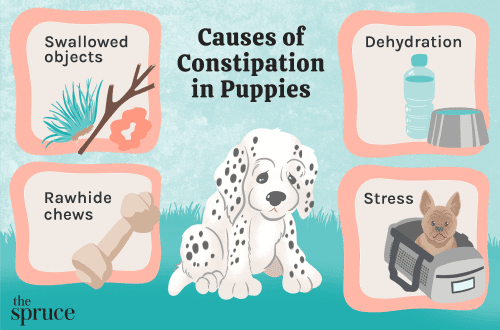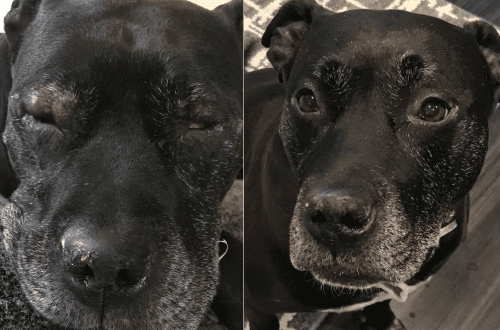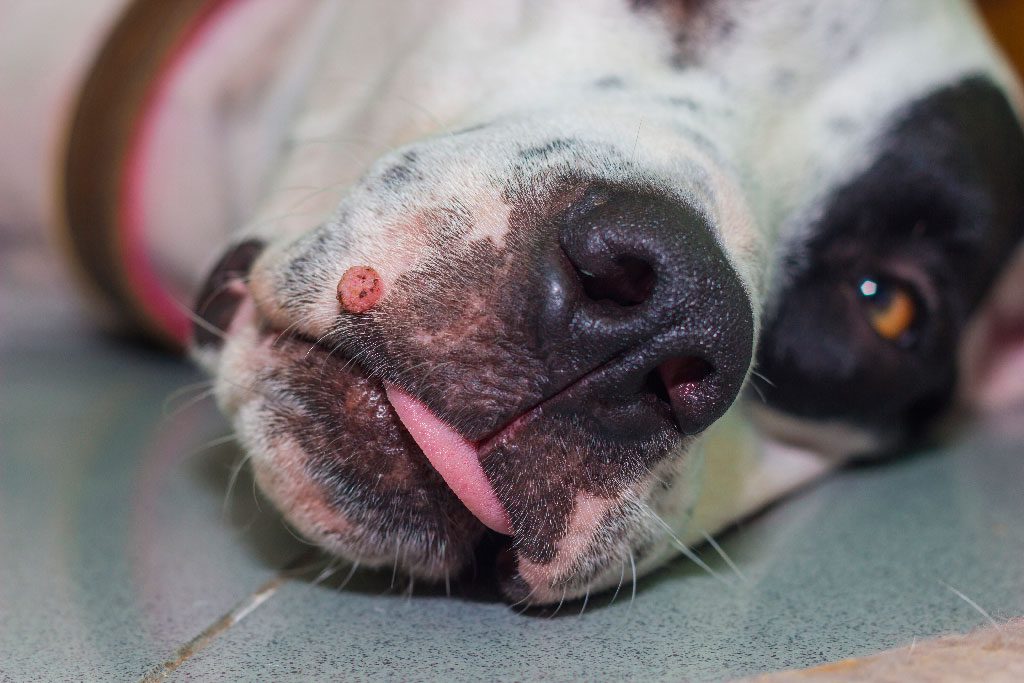
papillomas in dogs
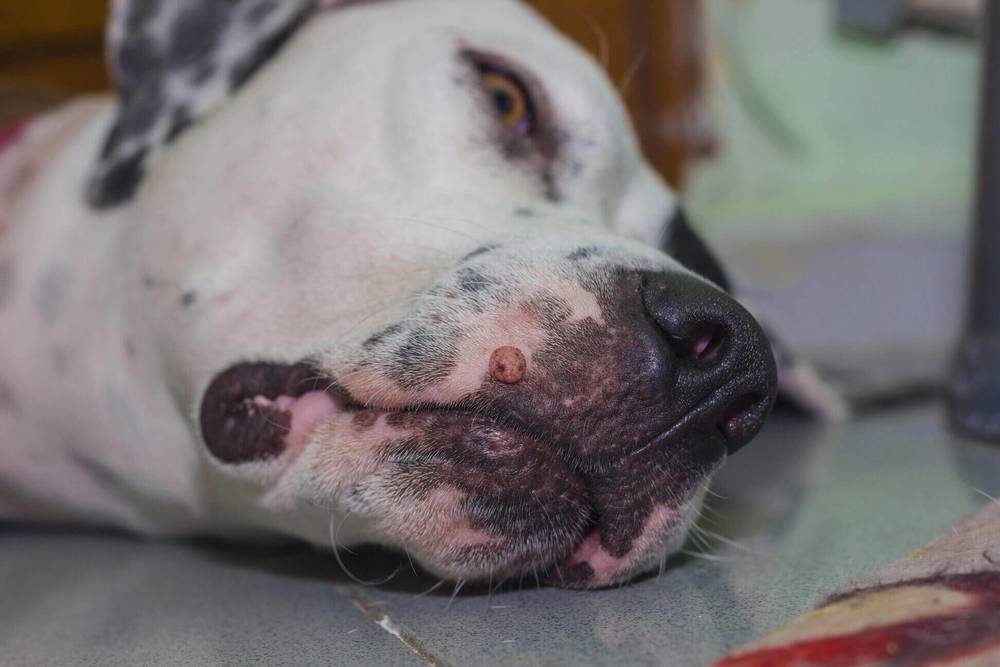
The papillomatosis virus is transmitted by direct (through bites, saliva) and indirect (through care items) way. The disease manifests itself 1-2 months after contact, and the papillomas themselves can persist from several months to a year. Then the warts may disappear as suddenly as they appeared.
Papillomas in a dog – the main thing
There are different types of virus that infect dogs;
There are breeds predisposed to the disease;
The virus is most common in young dogs;
As a rule, the disease resolves spontaneously after a few months;
Malignancy, that is, the transition from a benign form to a malignant one, is rare in this pathology.
Causes of appearance
Papillomaviruses are widespread DNA-containing viruses that cause the growth of benign tumors in various animal species. There are a large number of varieties of this virus in the world, and each animal species is characterized by infection with different types of the virus. It is characteristic that the virus is able to multiply only in epithelial tissues, that is, skin cells and mucous membranes. At the moment, there are 5 types of papillomavirus in dogs, each of which differs in its course and clinical manifestations.
Since infection can occur through contact, if the presence of the virus is suspected, the pet must be isolated from other dogs.
It is believed that single moles can occur in any healthy dog and are usually associated with accidental infection. Most often, such papillomas on the skin pass quickly, and formations on the mucous membranes may even go unnoticed. The development of multiple papillomas is usually associated with the pet’s weak immunity and breed predisposition (for example, severe papillomavirus course is typical for boxers, rottweilers, dobermans, german shepherds, labradors). Also, prolonged systemic diseases, significant stress, hormonal treatment and chemotherapy can lead to active growth of papillomas.
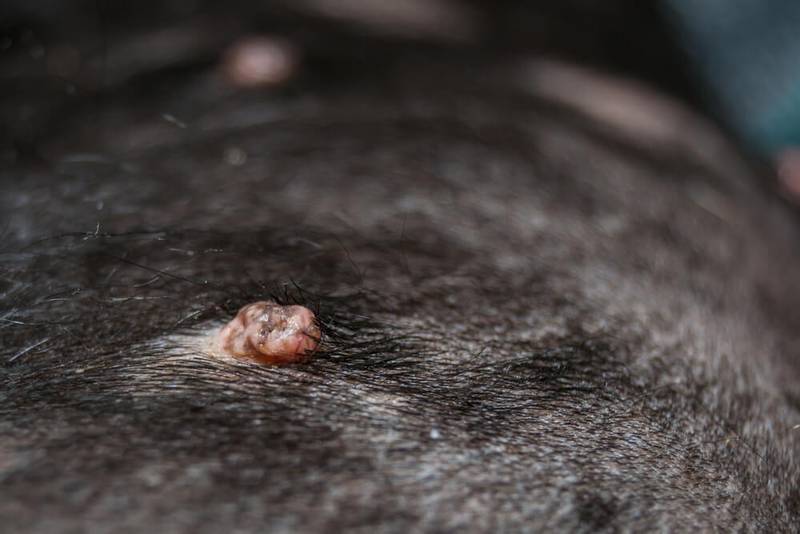
Symptoms
So, do dogs have moles? Is a growth on a dog’s nose a papilloma? Can a growth on the eyelid or near the eye of a dog be a papilloma? All of these questions can be answered – yes! There are various forms of manifestation of warts in dogs, which depend on the type of virus, the method and place of its entry into the pet’s body and the state of immunity. Consider the main external manifestations of the disease:
Papillomas of the oral cavity – a widespread form of manifestation of papillomavirus in young dogs. The disease manifests itself in a wide range of forms in the oral cavity, but is not limited to it. It is usually characterized by exophytic cauliflower-like warts, but benign tumors can also be fringed or nodular. The predominant tissue affected is the oral mucosa, including the lips and mucocutaneous junctions. Thus, a single wart in a dog on the lip may turn out to be a papilloma of the oral cavity. The tongue and esophagus are only rarely affected. In some cases, the eyelids are also affected. Often these papillomas occur in small numbers, but sometimes serious multiple formations are observed. Lesions resolve spontaneously within a few months, but surgical treatment is often required, as such growths can impair a pet’s quality of life.
Skin papillomas – This type of papillomas is more common in older animals. Typically, such papillomas in dogs develop on the head, eyelids and paws as a single or multiple hairless growth on the leg.
Transitional cell papillomas – a special form of papillomavirus of young dogs, quite rare, which is characterized by multiple lesions in the abdomen and armpits of the pet. A distinctive feature is the nature of the growth of these papillomas from the outside inward, resulting in the formation of convex and smooth nodules with a central pore filled with keratin.
Pigmented plaques – a characteristic appearance of papillomas of pugs and miniature schnauzers, manifests itself as multiple pigmented plaques on the abdomen and thighs. They are usually very flat, but may be slightly raised above the surface of the skin. Such papillomas can progress to voluminous scales and even in some cases become malignant – develop into squamous cell carcinoma.
Venereal form – the rarest type, manifests itself as voluminous warts on the genitals of dogs.
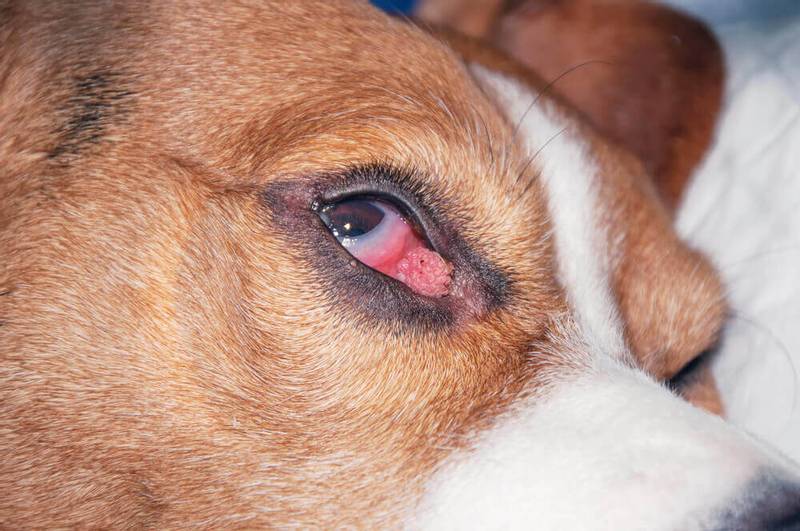
Diagnostics
Outwardly, it can be difficult to distinguish papilloma from any malignant formation, therefore, in any case of the appearance of any skin formation on the skin or mucous membrane in a pet, it is necessary to show the pet to a veterinary oncologist. The doctor at the reception will visually examine the lesion, take the lesion for a mandatory analysis – histology, and to confirm the diagnosis, you can take blood for PCR (this analysis detects the antigen of the virus). It should be noted that there is also a degeneration of a harmless papilloma into a malignant formation, so diagnostics should not be neglected.
Papillomas are primarily distinguished from transmissible venereal sarcoma, squamous cell carcinoma, fibromatous epulis, and other skin neoplasms. Confirmation of the diagnosis is made exclusively by biopsy of the affected area, followed by the delivery of material for histology.
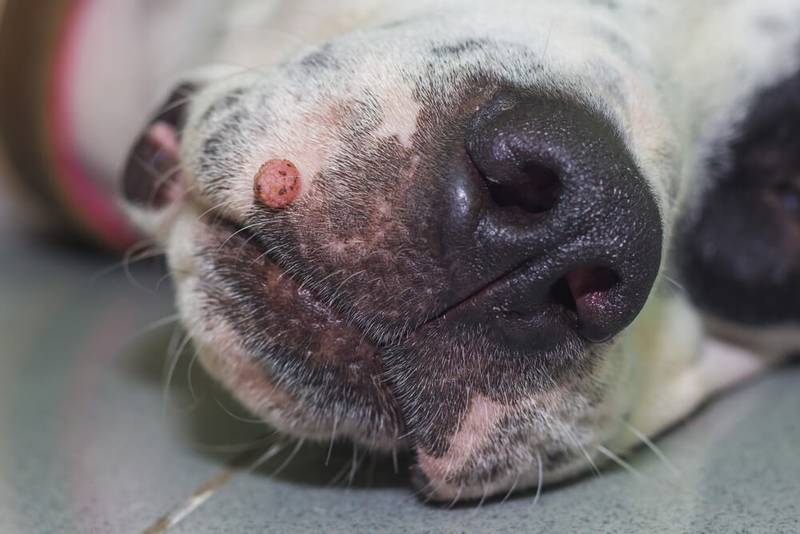
Treatment
As mentioned above, warts in dogs are prone to regression, that is, they go away on their own. But if the animal’s immune system is weakened or there are any other diseases, the disease can progress, papillomas become more and more, and they can even worsen the pet’s quality of life if they develop in the oral cavity.
Next, we consider in detail the possible ways of treating papillomatosis in dogs. But you should always remember that it is not recommended to treat papillomas in a dog, like any other neoplasms, at home; you should always consult a veterinarian before using any treatment regimen.
There are a large number of publications proving the positive dynamics of the disease against the background of the use of azithromycin, a broad-spectrum antibacterial drug. But there is also a large amount of evidence of its ineffectiveness.
Surgical removal is one of the simplest and most effective treatments, especially if the dog’s tumors are bothering him – for example, if he has a growth on his gums. In this method of treatment, most owners are afraid of the need to give their pet general anesthesia, but when conducting a complete preoperative examination of the dog (blood tests, echocardiography, consultation with a cardiologist) and if there is a competent anesthesiologist in the clinic, the risks are minimal.
Single formations are conveniently removed with liquid nitrogen (i.e., cryodestruction), but it should be borne in mind that if there are a large number of formations, the procedure may be more expensive than surgery and also require general anesthesia. Plus, it is important to consider that when using liquid nitrogen, re-treatment of the formations after 14 days is usually required.
Many scientific papers prove the work of various immunostimulating and immunomodulatory drugs, such as interferon, fosprenil and others. But in modern veterinary medicine, more and more doctors refuse such methods of treatment, citing their inefficiency.
Also, a large number of folk remedies, autohemotherapy, and the use of various ointments are still popular, but before using any of these methods, it is imperative to consult a veterinarian.
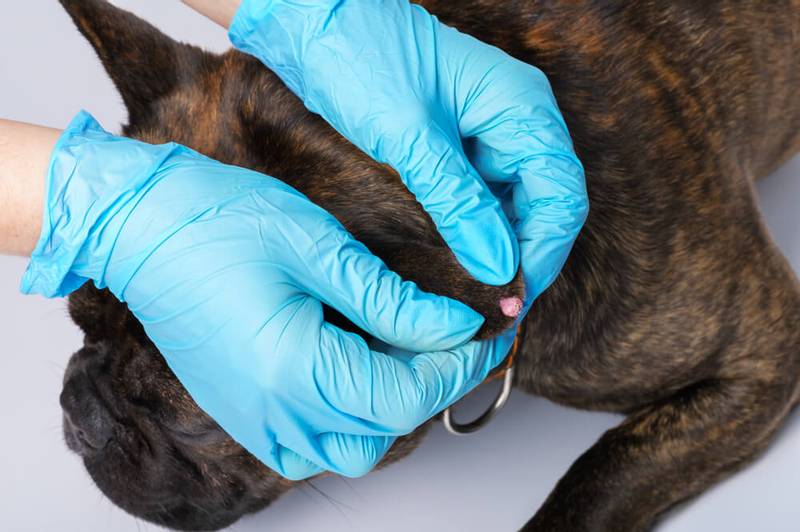
In general, to summarize, the prognosis of the diseases is good, most warts in dogs do not require treatment and go away on their own. But in rare cases, there are also episodes of malignancy of papillomas with the formation of squamous cell carcinoma, which is why in all cases of the formation of skin lesions, consultation and observation by a veterinary specialist is mandatory. You can get an initial consultation with a veterinarian without even leaving your home – in the Petstory mobile application, veterinarians conduct online consultations. You can download the application from the link.
The article is not a call to action!
For a more detailed study of the problem, we recommend contacting a specialist.
Ask the vet
March 9 2021
Updated: 10 March 2021



